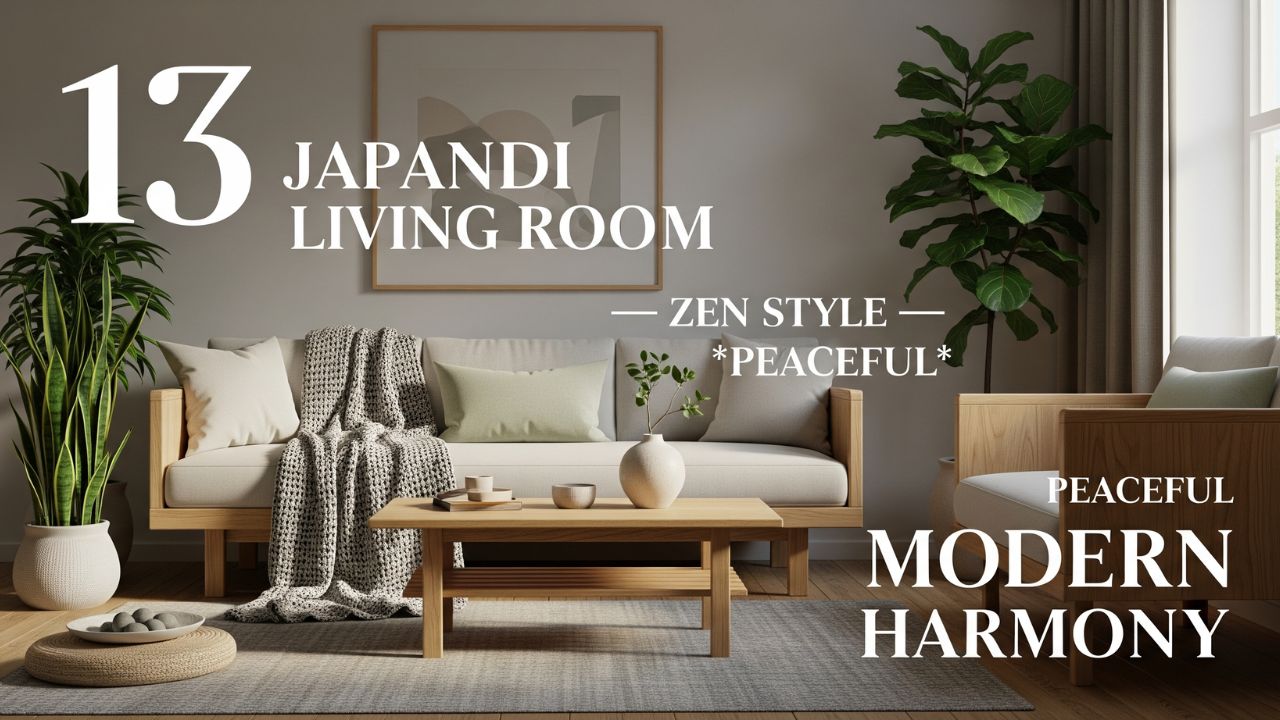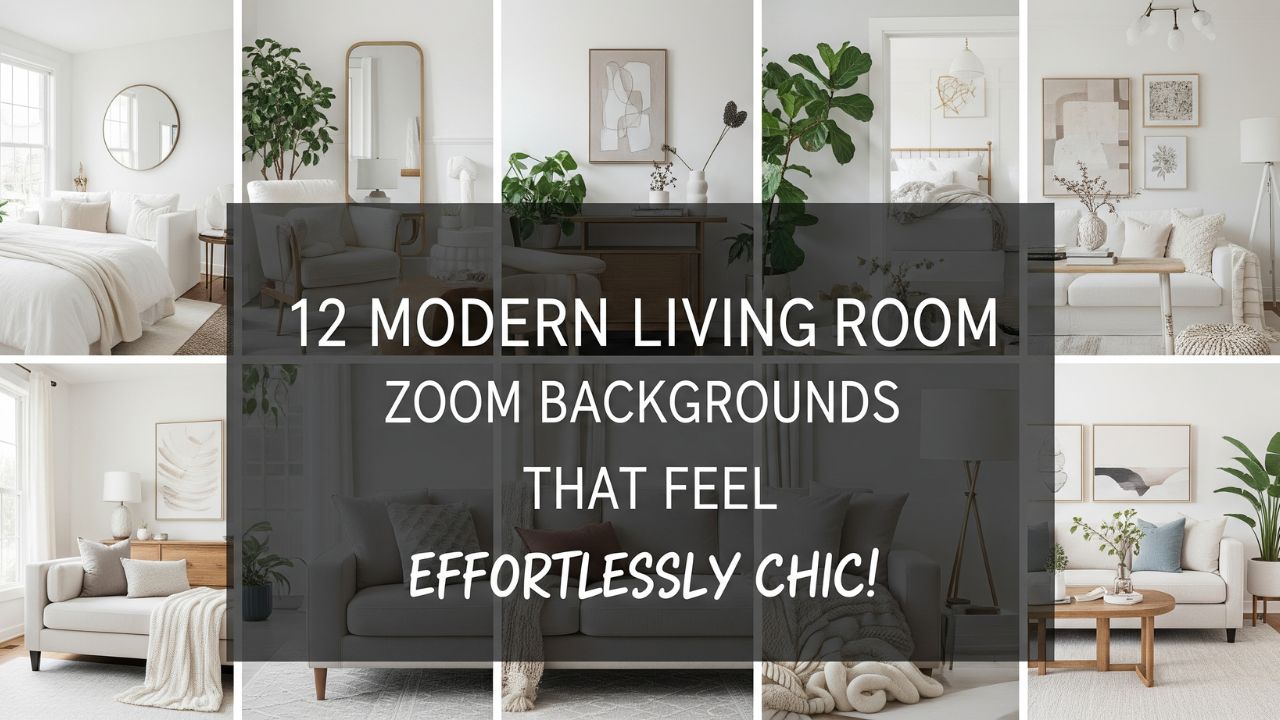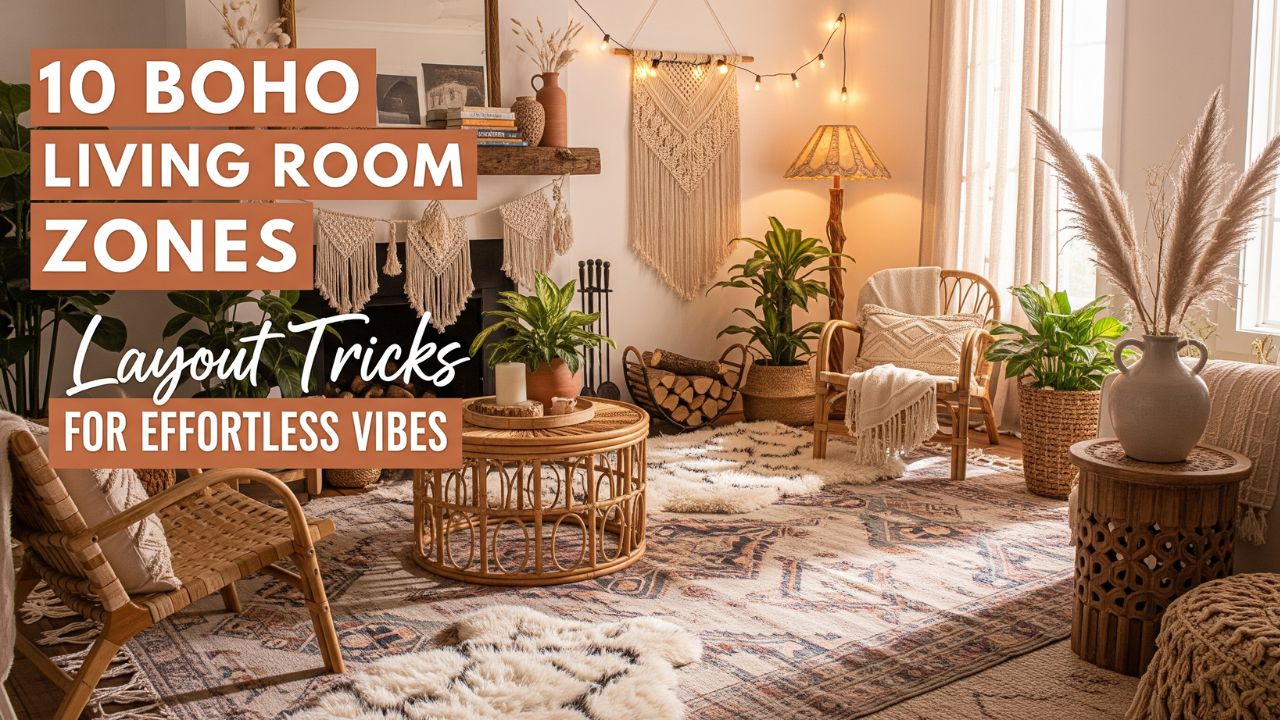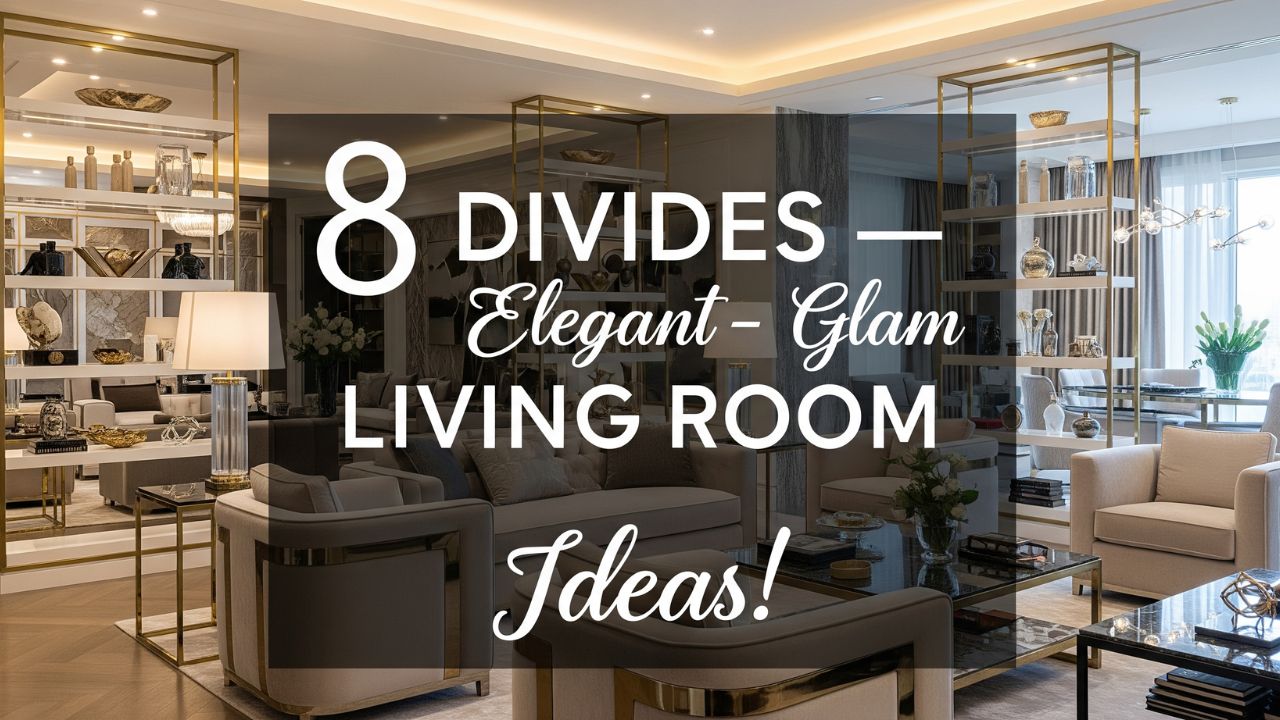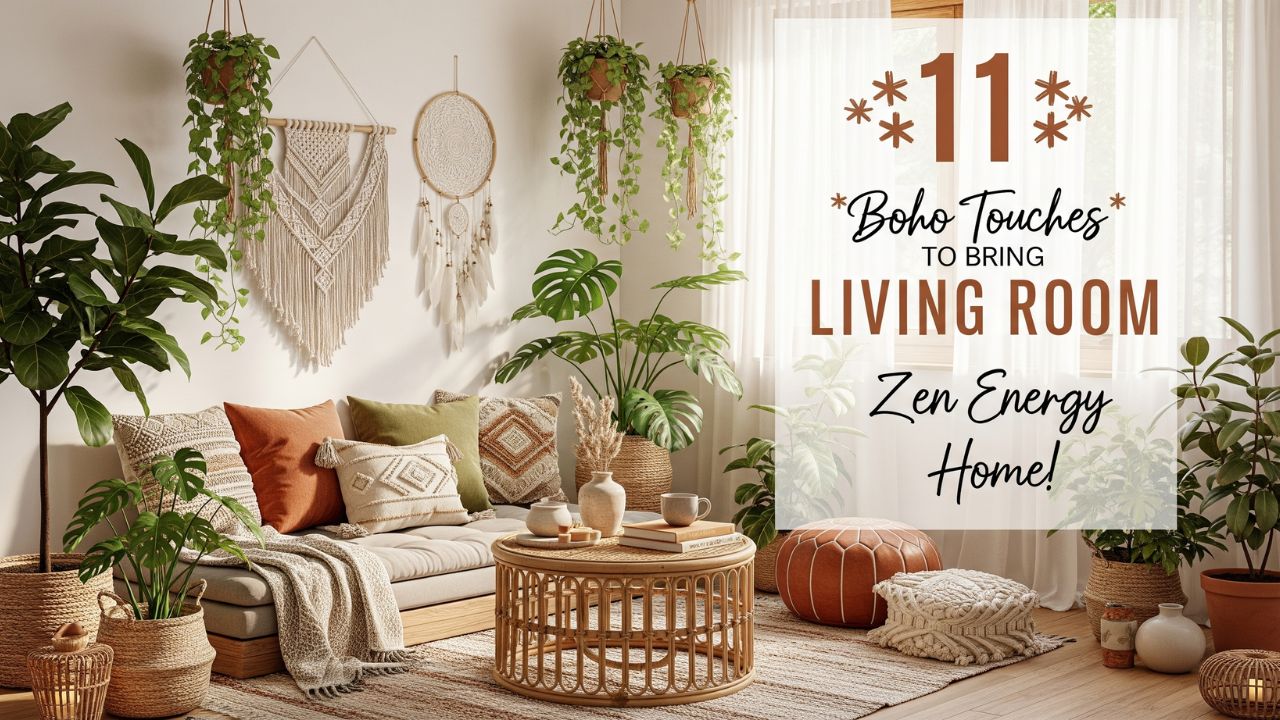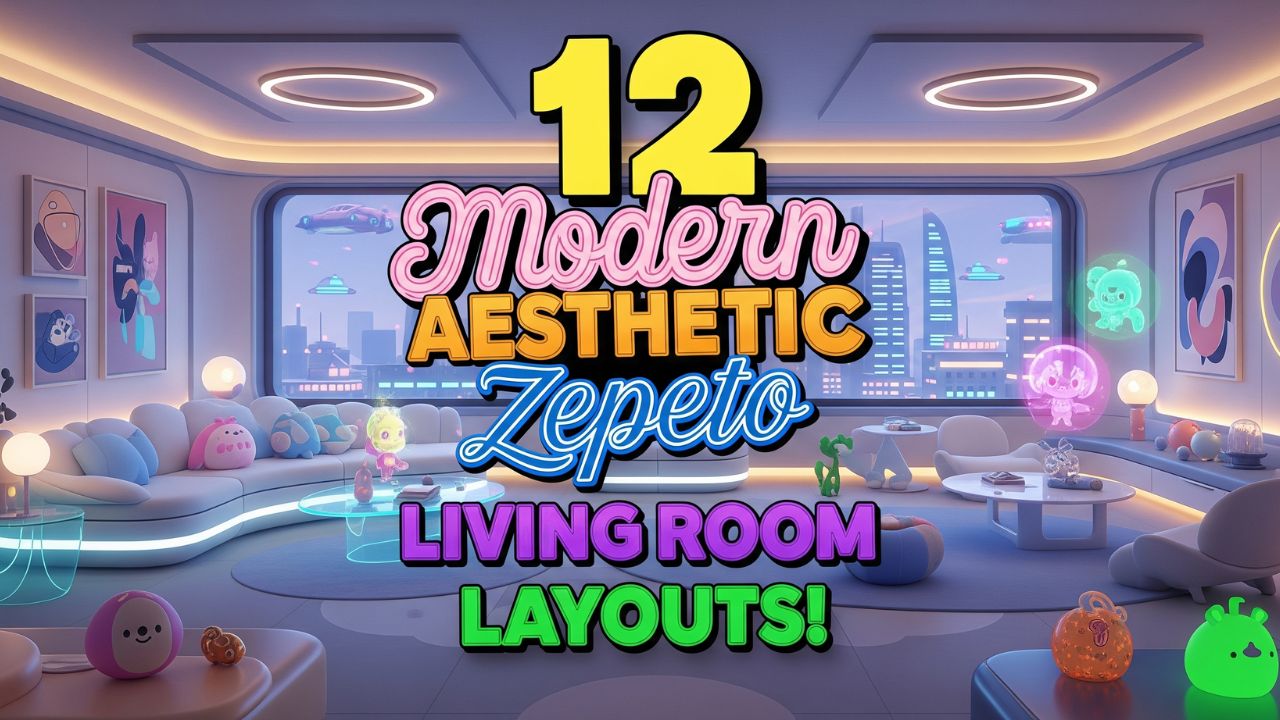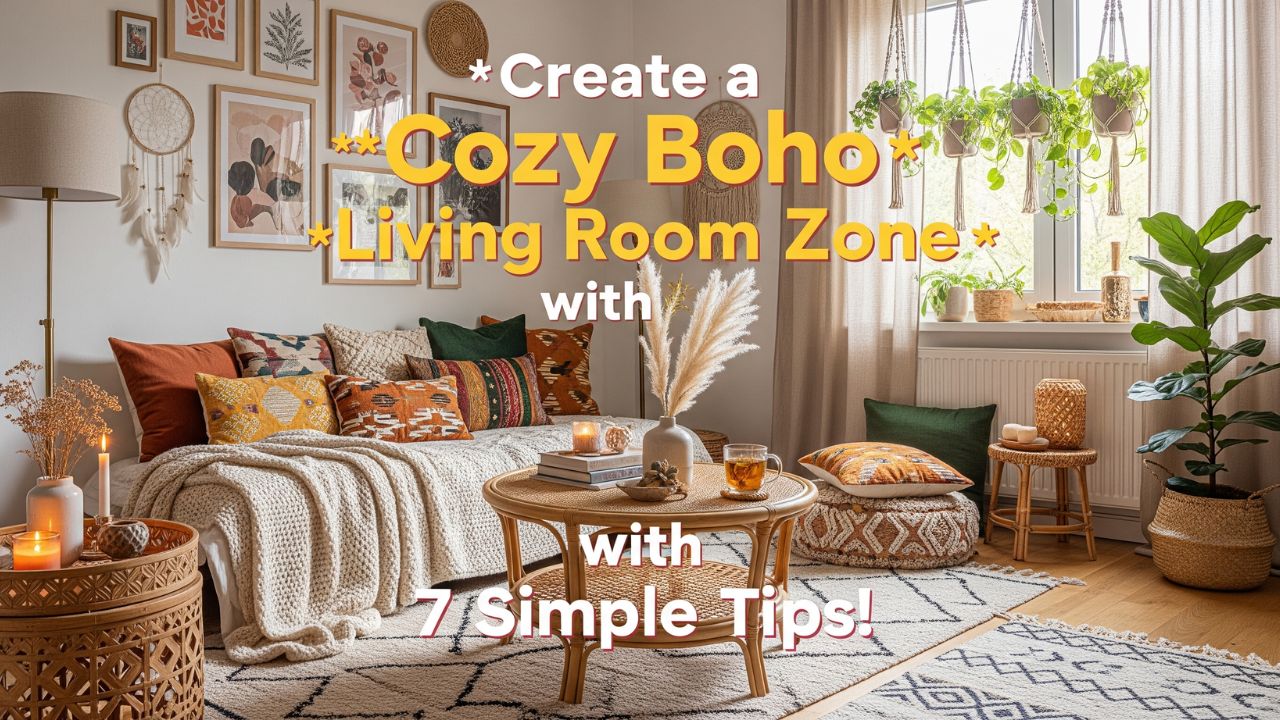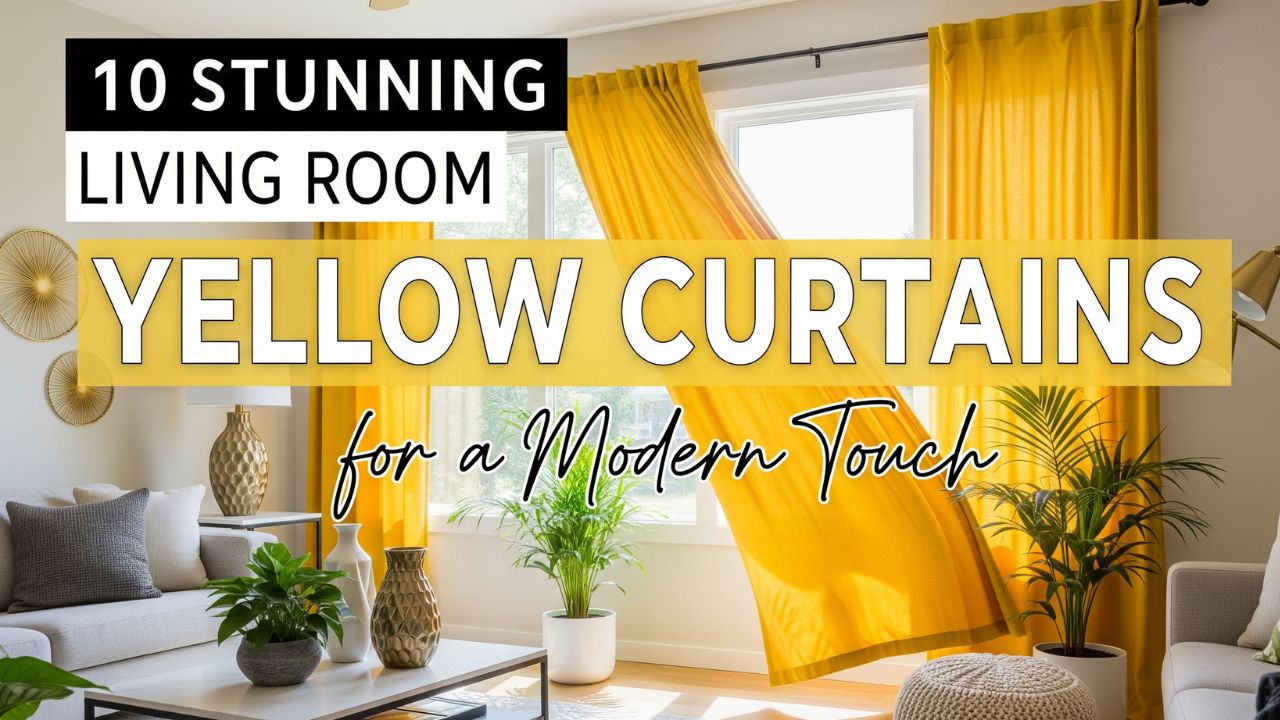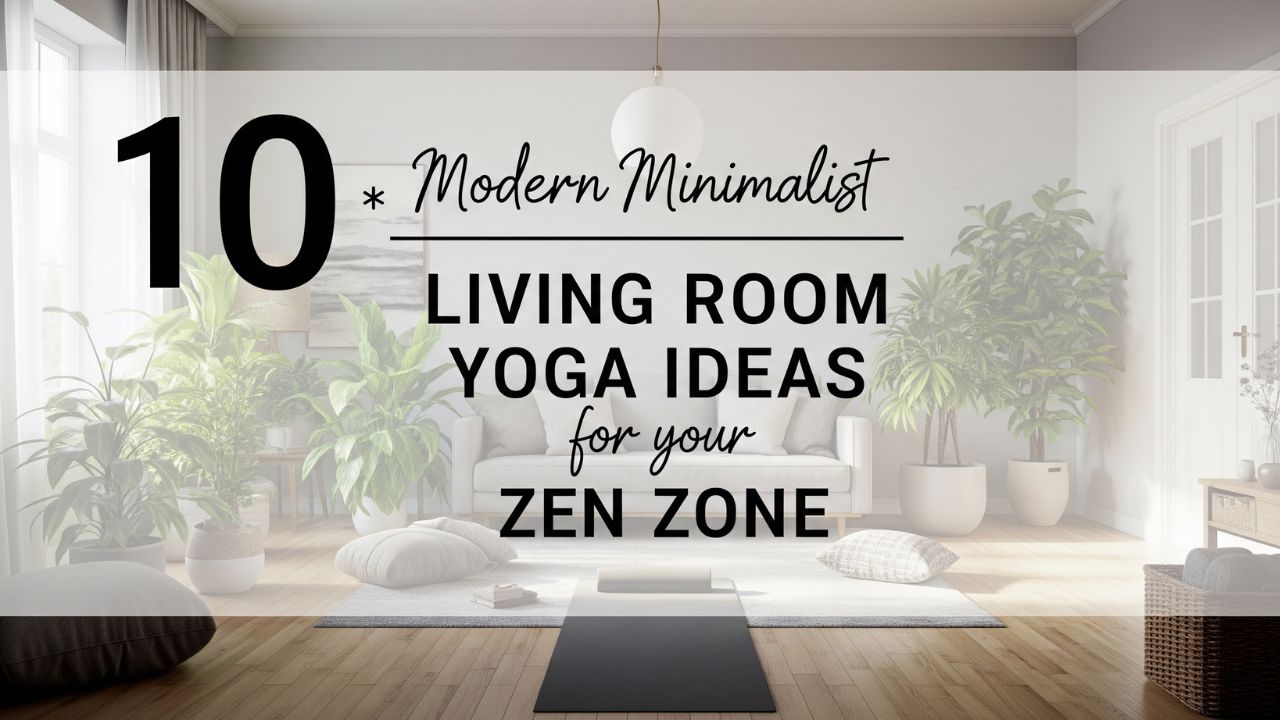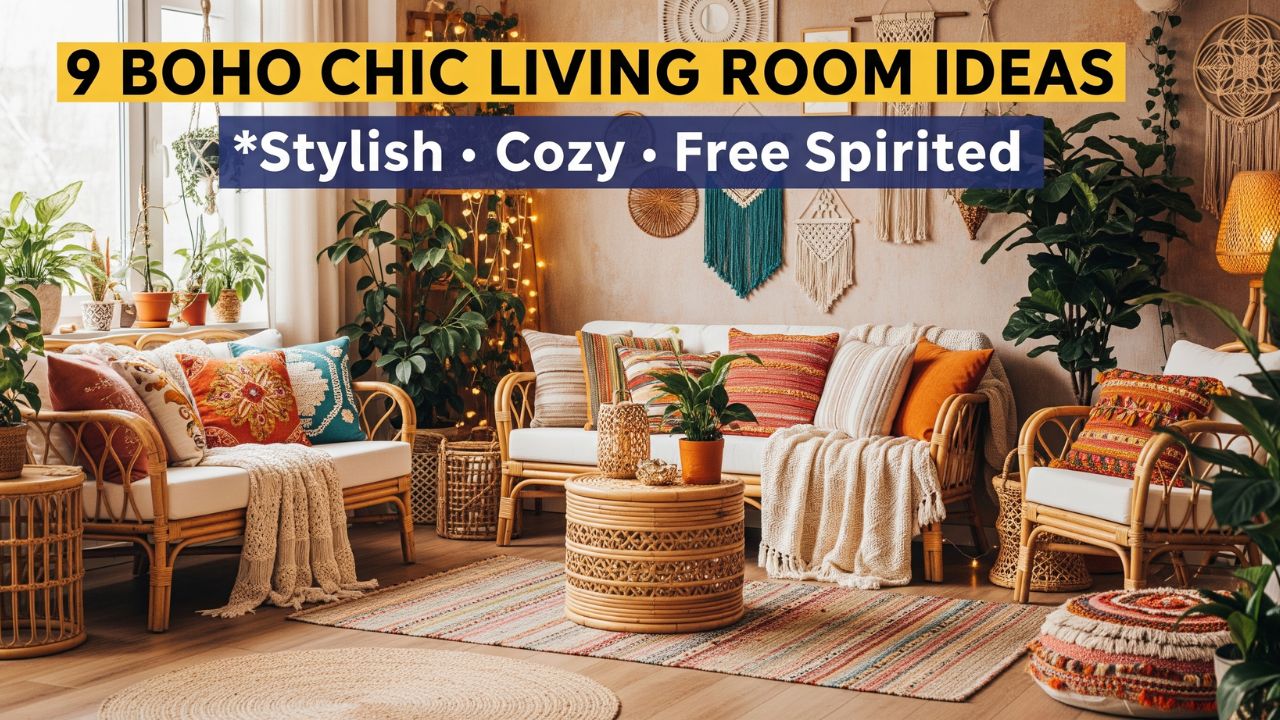Scandinavian design has taken the world by storm, becoming a go-to style for minimalist elegance and cozy living spaces. It’s all about creating a warm, inviting, yet functional atmosphere with clean lines and soft tones.
But as trends shift and evolve, even timeless Scandinavian style gets an update. So, how do you refresh your living room while staying true to the charm of Scandinavian design?
This year, it’s about more than just decluttering. Think natural textures, sustainable design choices, and bold new color schemes.
Whether you’re looking for a subtle refresh or a complete overhaul, these 5 Scandinavian living room updates will elevate your space, making it both stylish and functional.
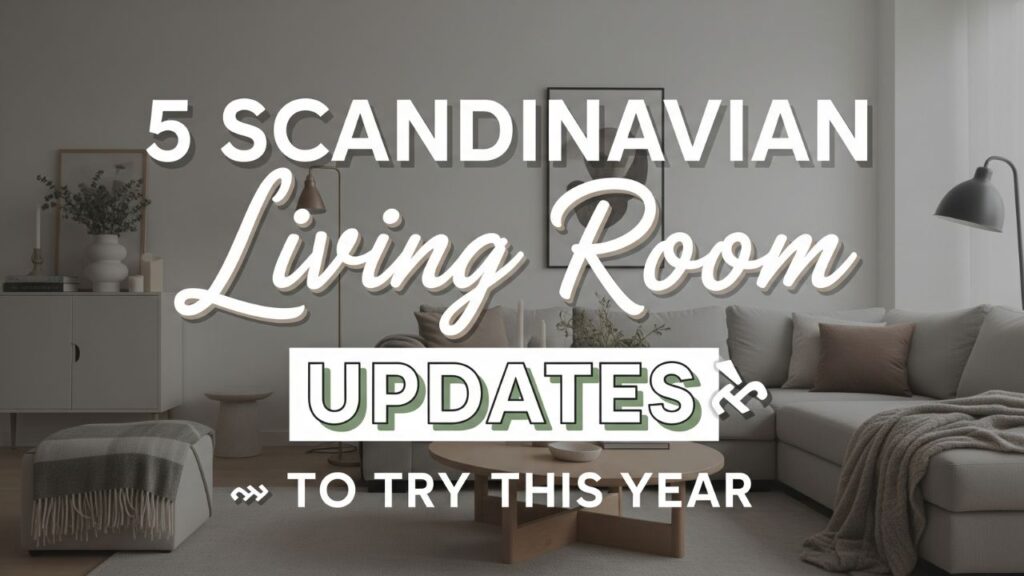
Table of Contents
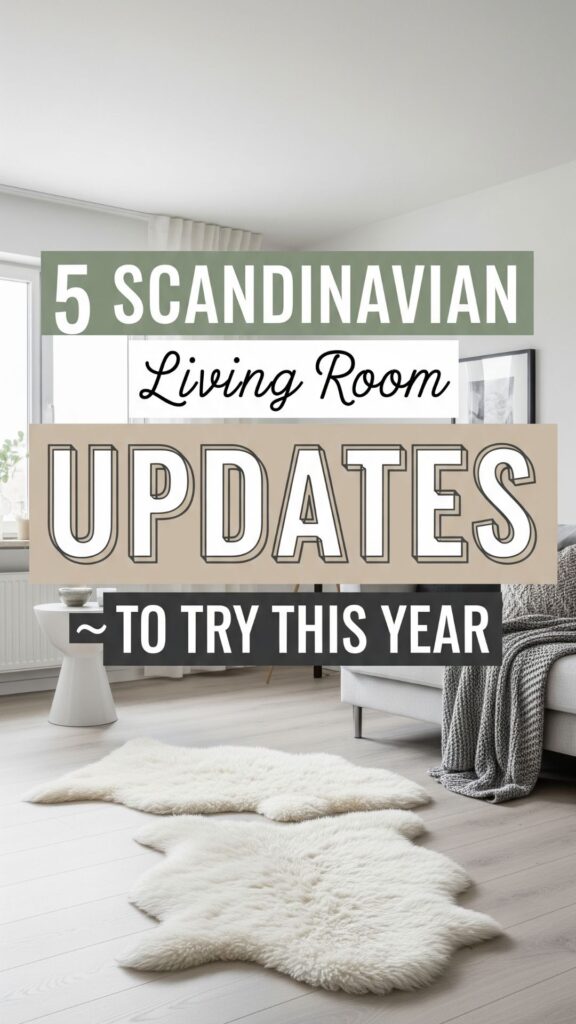
5 Scandinavian Living Room Updates
1. Embrace Earthy Tones and Warm Neutrals
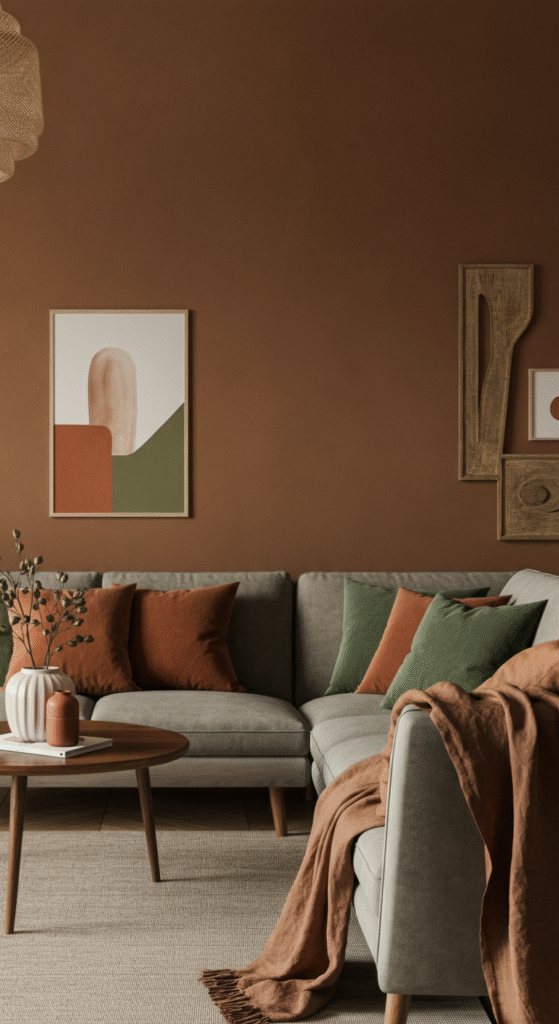
Scandinavian design has always leaned towards muted and neutral color palettes, but this year’s trend adds a twist with deeper, earthier tones that create a sense of grounded tranquility.
Forget purely cool grays and whites — welcome shades like terracotta, deep olive greens, rich browns, and warm taupes. These colors are excellent at adding warmth to a typically airy and light Scandinavian living room, ensuring the space remains cozy during the colder months.
Do You Know?
A lot of people think that Scandinavian design is all about white walls and stark, minimalist furniture. In reality, the design movement began in the 1950s with a focus on functional beauty — meaning the use of organic textures and warm tones that reflect the region’s natural landscape.
Incorporating these earthy tones into your living room can transform it into a more intimate and inviting space. Consider adding a terracotta rug, an olive green throw blanket, or soft taupe-colored pillows to give your space a soothing vibe.
For an even richer look, try pairing these colors with wood furniture pieces or natural stone elements to continue the theme of nature-inspired design.
2. Mix Textures for Visual Interest
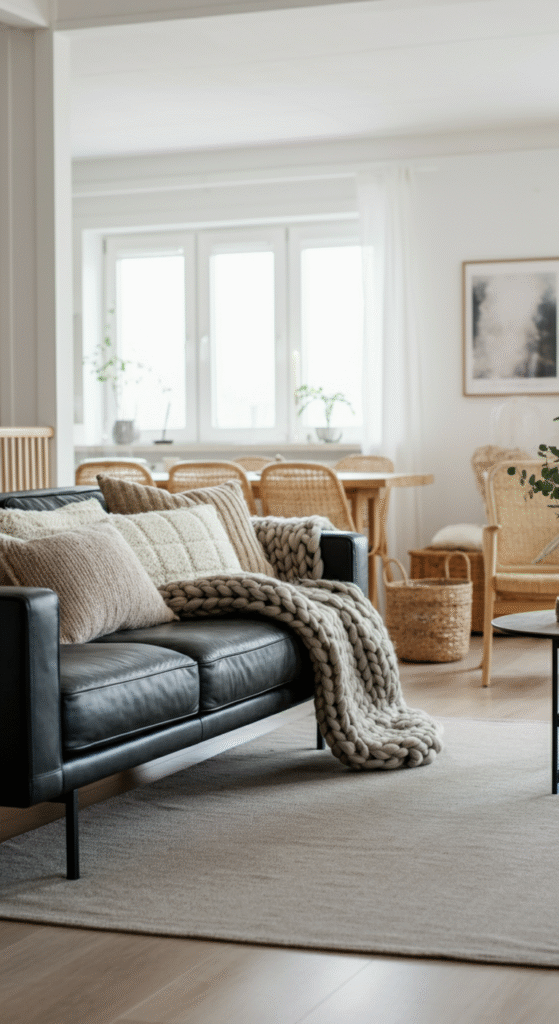
One of the core principles of Scandinavian design is the use of texture to create warmth and contrast. But this year, it’s not just about plush cushions and knitted throws.
It’s all about mixing different textures to add dimension and personality to your space. Think tactile combinations of leather, wool, linen, and wood to evoke a sophisticated yet relaxed aesthetic.
Consider layering a chunky knit throw over a sleek leather sofa or pairing a soft linen curtain with a velvet armchair. The contrast between materials adds a dynamic quality that draws the eye and makes your space feel more inviting.
Interesting Fact
The Danish concept of hygge — the art of creating a warm atmosphere — often involves textures that encourage touch and interaction. Textiles like knitted throws, woven rugs, and faux fur cushions are key elements in creating a cozy and inviting environment in Scandinavian homes.
To take this texture play to the next level, you could also integrate rattan furniture or woven wall hangings, which are making a huge comeback this year. Not only will they add visual depth, but these materials also contribute to the sustainable aspect of Scandinavian design by making use of natural, renewable resources.
3. Incorporate Sustainable and Natural Materials
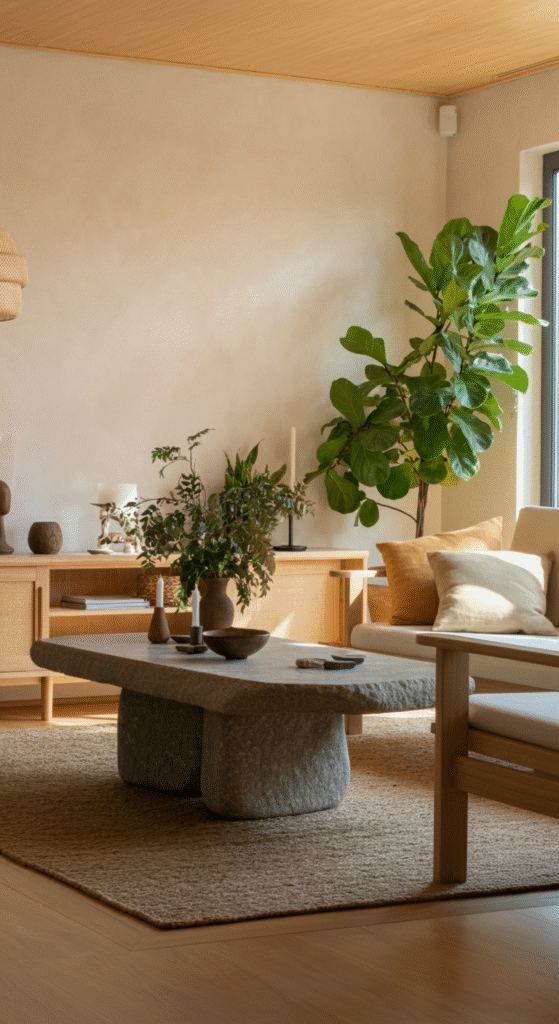
Sustainability has always been important in Scandinavian design, and this year, it’s more than just a trend — it’s a necessity.
People are becoming more mindful about the environmental impact of their decor choices, which is why natural materials like wood, stone, cork, and bamboo are making their way back into living rooms in a big way.
Instead of opting for plastic or synthetic furniture pieces, invest in sustainable wood furniture with a light finish. Pine and oak are often used in Scandinavian design because of their durability and natural beauty. Bamboo flooring is another excellent choice for a fresh, eco-friendly look that also complements the Scandinavian aesthetic.
Myth
A common misconception about Scandinavian design is that it’s all about stark minimalism with zero personality. In reality, this design style is about celebrating natural beauty and the warmth that comes from materials like wood and stone.
Try mixing raw and finished wood furniture with stone accents, such as a marble coffee table or slate coasters, to create a living room that’s not only stylish but also more sustainable.
Choosing natural materials that have a lower environmental impact adds depth and soul to your space, making it both timeless and responsible.
4. Add Greenery with Indoor Plants
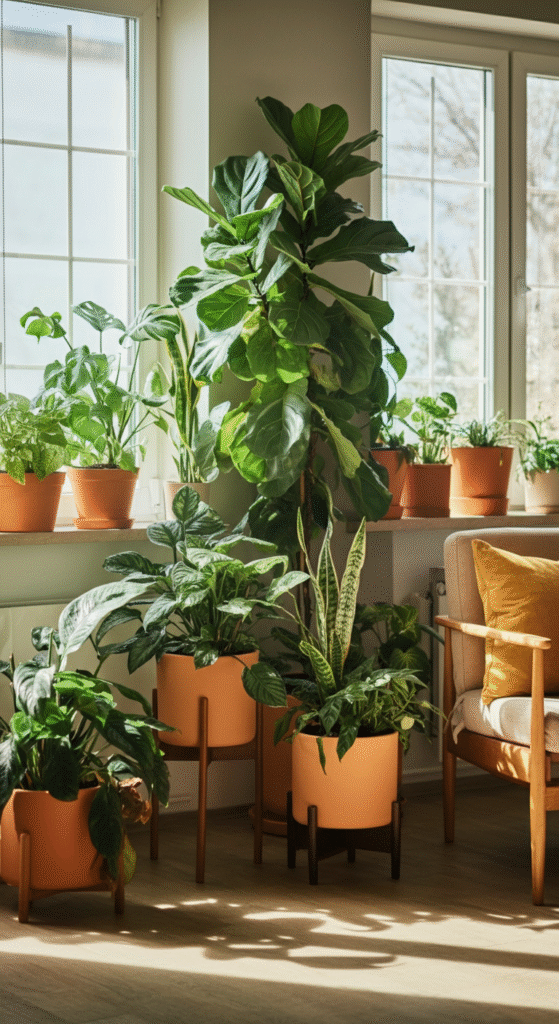
If there’s one thing Scandinavian homes have in common, it’s an abundance of natural light and greenery. This year, the trend leans toward a greater emphasis on plants to bring the outdoors in.
Whether it’s an impressive fig tree in the corner or a collection of smaller potted plants on the windowsill, greenery adds a touch of life and vibrancy to any Scandinavian living room.
Indoor plants are a simple yet powerful way to improve the air quality and overall atmosphere in your home. Some great plant choices for a Scandinavian aesthetic include monstera, snake plants, or a fiddle leaf fig, all of which add a dramatic flair without being too overwhelming.
Do You Know?
In Scandinavian homes, plants are often placed in unexpected locations — such as on high shelves or hanging from the ceiling — to create a feeling of abundance and connection with nature. Indoor gardens are not just for aesthetics, they are also linked to improved mental health and wellbeing.
For a modern Scandinavian twist, try experimenting with sleek, minimalist planters made from concrete or ceramic. Mixing the natural beauty of plants with contemporary pots allows you to maintain the minimalist vibe while adding a fresh pop of color and life to your space.
5. Invest in Statement Lighting
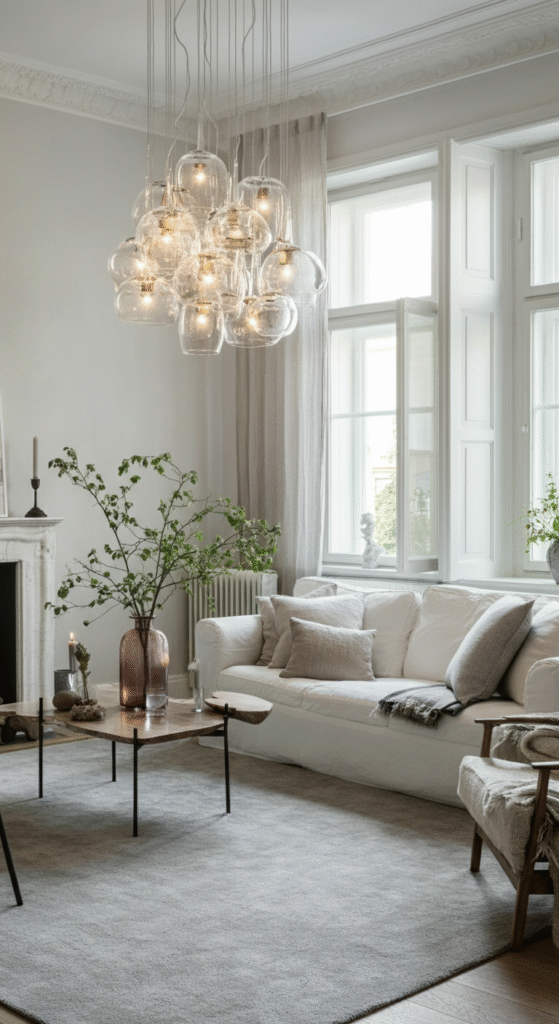
In Scandinavian homes, lighting is everything. It’s one of the most important elements in achieving that perfect balance of functionality and ambiance.
This year, however, the trend has shifted from simple pendant lights to bold, statement lighting that stands out while still fitting within the clean, uncluttered Scandinavian style.
Think large, sculptural chandeliers or oversized pendant lights made from glass, metal, or even woven materials. These lighting fixtures serve as both functional and artistic pieces, adding an element of intrigue to your living room while maintaining a sense of simplicity.
Interesting Fact
In Scandinavia, long winters and dark days mean that lighting is taken very seriously. It’s not just about visibility — lighting sets the mood for the space. Scandinavian design often embraces natural light, but when that’s not possible, the use of well-placed lighting becomes crucial to creating a warm, inviting atmosphere.
To complete your Scandinavian living room look, add some floor lamps or wall sconces that provide soft, diffused lighting. Layering different types of light ensures that your living room feels cozy and intimate no matter the time of day.
Conclusion
Updating your Scandinavian living room doesn’t mean abandoning the principles that make this style so timeless. By incorporating earthy tones, playing with textures, using sustainable materials, adding greenery, and investing in statement lighting, you can create a space that’s both fresh and comforting.
The beauty of Scandinavian design lies in its simplicity and functionality, but as trends evolve, so too does the way we approach these spaces. This year, the focus is on making your living room even more inviting, while still embracing the clean lines and natural beauty that Scandinavian interiors are known for.
Whether you’re looking to make subtle tweaks or overhaul your entire living room, these 5 updates will bring a modern twist to the Scandinavian style, creating a space that feels uniquely yours.
So why not give these updates a try this year? Your living room deserves a refresh, and there’s no better way to make it feel timeless yet contemporary.
Frequently Asked Questions (FAQs)
What is Scandinavian design?
Scandinavian design is a minimalist approach that emphasizes functionality, simplicity, and natural elements. It often features clean lines, neutral colors, and an emphasis on light and space.
How can I add warmth to my Scandinavian living room?
To add warmth, incorporate earthy tones, layered textures like wool, leather, and linen, and choose natural materials such as wood and stone.
What plants are best for a Scandinavian living room?
Plants like monstera, fiddle leaf fig, and snake plants are perfect for Scandinavian interiors. They add a touch of nature and enhance the overall atmosphere of your space.
How do I mix textures in Scandinavian design?
Mix materials such as leather, wool, linen, and wood. For example, pair a wool throw with a leather couch or add a linen curtain to a velvet armchair for visual interest.
Is sustainability important in Scandinavian design?
Yes, sustainability is a core principle. Opting for natural materials like wood, stone, and bamboo promotes an eco-friendly approach while maintaining the timeless beauty of the design.
